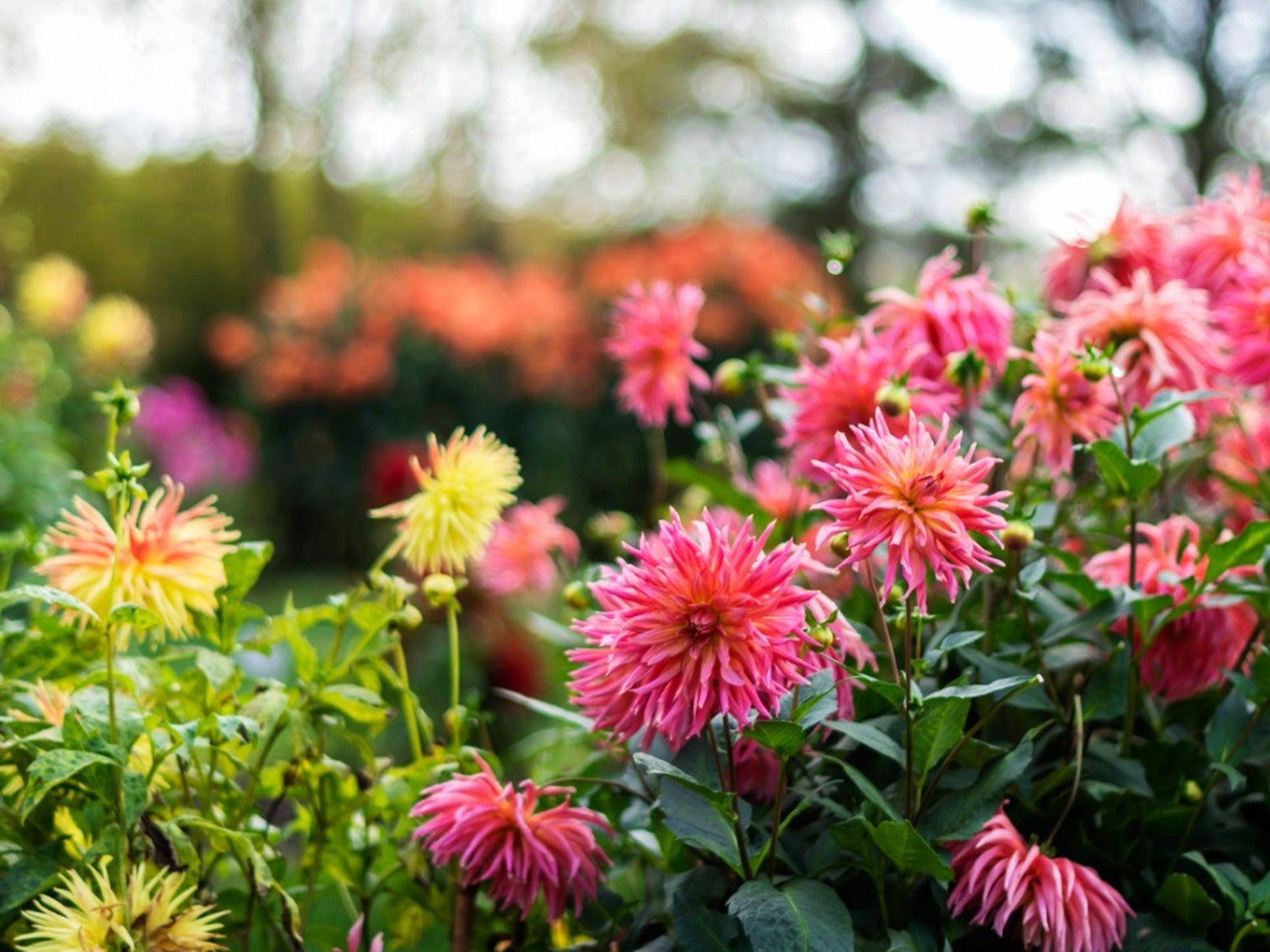Choosing The Right Fertilizer For Dahlias


For many flower growers, dahlias are an essential summer flowering bulb for the home garden. With thousands of named cultivars available, ornamental dahlias offer a vibrant palette of color that is simply unmatched. Large blooms, which have a long vase life, are ideal for use in bouquets and in cut flower arrangements. Though growing these beautiful plants is relatively simple, they will require some special care. Learning more about fertilizing dahlias will be key in order to ensure the best floral display possible.
The Best Fertilizer For Dahlias
Most flower gardeners consider dahlia plants to be heavy feeders. This means that they will need frequent fertilization throughout the growing season. In fact, preparation for planting often begins several weeks before the tubers are even planted. This is especially true for those with heavy, clay soils. Planting soil should be well amended and have exceptional drainage.
The most common amendment for the dahlia garden is finished compost. However, many dahlia growers choose to add a small handful of fertilizer or bone meal into or near the planting hole as a “side dressing” at planting time.
Before purchasing a fertilizer for dahlias, it is important to understand the purpose of each component of the fertilizer. Nitrogen is known to help promote green, leafy growth; while phosphorus improves bloom. Potash, the third number listed on fertilizers, aids in overall plant functions like the development of roots. When it is time to fertilize dahlias, the composition you use can greatly impact the growth of plants. In general, dahlia growers should avoid fertilizers with high nitrogen numbers, as this will result in bushy plants without many blooms.
When to Feed Dahlias
It is most often suggested that dahlia fertilizer be applied to new plantings once a month, until mid-summer. The application of fertilizer should cease once the plants begin to produce their first flower buds of the season.
The process of fertilizing dahlias will vary depending upon the type of product used. While many pellet fertilizers can simply be sprinkled around the plants, some growers prefer concentrated liquid solutions. As with the application of any fertilizer, it is imperative that growers carefully read the manufacturer's labeled instructions for safe use.
Sign up for the Gardening Know How newsletter today and receive a free copy of our e-book "How to Grow Delicious Tomatoes".

Tonya Barnett has been gardening for 13 years. Flowers are her passion. She has transformed her backyard into a cut flower garden, which she regularly chronicles on her YouTube channel http://www.youtube.com/@tonyawiththeflowers.